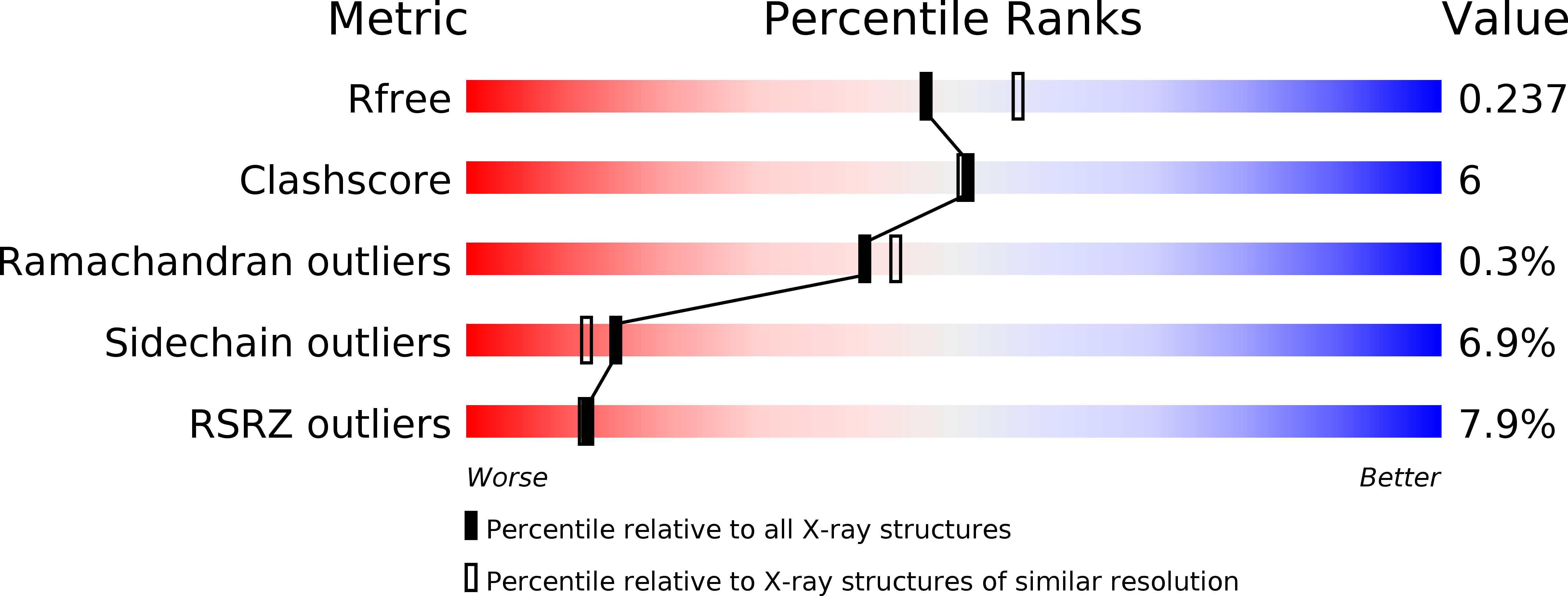
Deposition Date
2015-02-15
Release Date
2015-08-05
Last Version Date
2024-01-10
Entry Detail
PDB ID:
4Y7O
Keywords:
Title:
T6SS protein TssM C-terminal domain (869-1107) from EAEC
Biological Source:
Source Organism:
Escherichia coli 1-176-05_S3_C1 (Taxon ID: 1444133)
Escherichia coli (Taxon ID: 562)
Escherichia coli (Taxon ID: 562)
Host Organism:
Method Details:
Experimental Method:
Resolution:
2.24 Å
R-Value Free:
0.22
R-Value Work:
0.20
R-Value Observed:
0.20
Space Group:
P 41 21 2


